If your living or drawing room feels small, don’t worry you’ve come to the right place! With the right tips and tricks, you can create the illusion of a bigger, more spacious room. Read on to find out about Neutral small Living Room Ideas Earthy Gray Living Rooms
How to Make Your Room Look Bigger with the Right Paint Choices
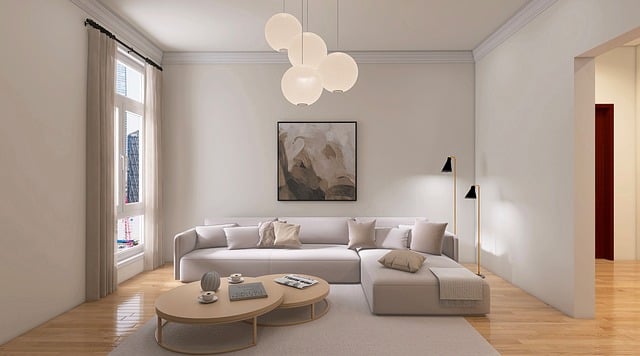
Did you know that the colors and finishes you choose for your walls can make your room appear larger? Here are three key factors to consider when selecting paint to create a more spacious feel:
Choose the Right Color Family
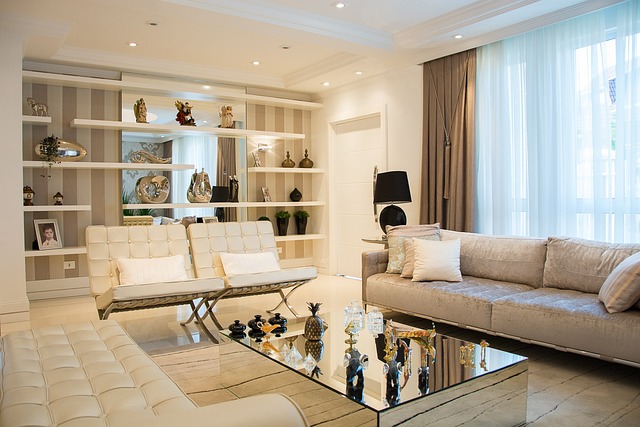
There are three main color families to be aware of:
- Pastel Colors: Light, soft shades that make spaces feel airy and open.
- Bold Colors: Intense, vibrant shades that can make a space feel cozy but smaller.
- Neutral Colors: Subtle tones like whites, beiges, and grays that are timeless and versatile.
Related: Apartment Living Room Ideas
If your goal is to make a small room look bigger, opt for pastel or neutral colors. My personal recommendation is neutral tones, they’re elegant and perfect for creating an illusion of space.
Pick the Right Paint Finish
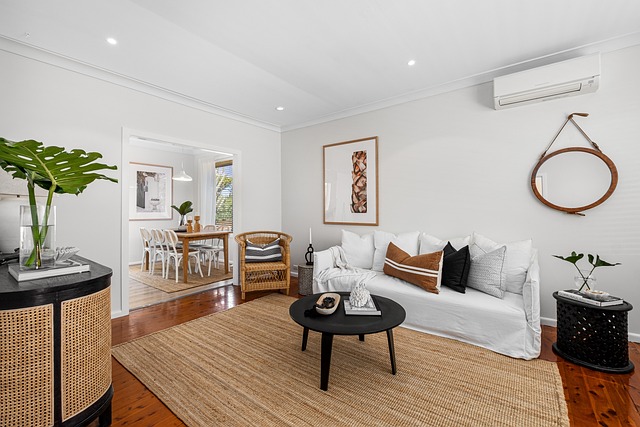
Paint finishes also play a big role in how your room feels. Here are the most common types:
- Glossy Finish: Highly reflective and adds light to the room, but it’s a bit outdated for modern interiors.
- Satin/Eggshell Finish: A middle ground with a soft sheen, offering a balance of modern style and light reflection.
- Matte Finish: No reflection, perfect for cozy spaces but can make a small room feel more closed in.
Related: Small Living Room with Fireplace
For small rooms, reflective finishes can help bounce light around, making the space feel larger. While glossy paint can achieve this, it’s not in trend. I recommend satin or eggshell finishes, as they provide a subtle shine with a modern look.
Stick to One Paint Color
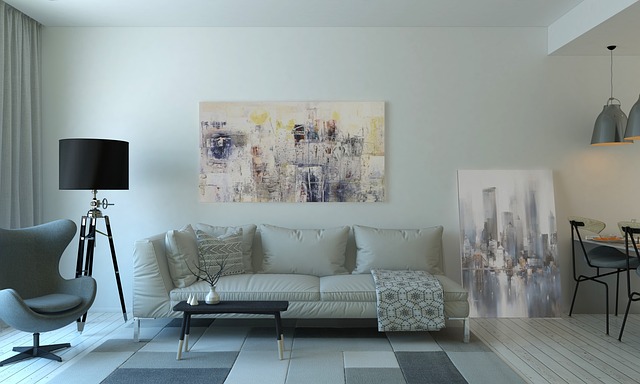
When painting a small room, use one consistent paint color throughout. Avoid using multiple colors or creating accent walls, as this can break up the space and make the room feel smaller. A single color creates continuity and gives the illusion of a larger, more cohesive space.
The Role of a Master Wall in Making Your Room Look Bigger
While I recommend sticking to one color throughout your room, that doesn’t mean your space has to look boring! You can enhance your room’s style by using a monochromatic theme and creating a master wall. Here’s how:
What Is a Master Wall?
A master wall is the focal point of your room a wall that stands out with unique design elements but stays within the same color family as the rest of the space. This subtle variation creates interest while maintaining harmony.
Tips for Creating a Master Wall:
- see the Same Color Family:
Keep the master wall in the same color family as the other walls in the room. You can slightly adjust the tone (lighter or darker), but avoid using drastically different colors, as it disrupts the flow and makes the room feel smaller. - Add Visual Interest with Design:
Instead of changing the color, enhance the wall with Paintings or Frames Wall Shelves or Drawers Wooden Paneling or Textures, These additions make the master wall stand out without overwhelming the space. - Choose Vertical Patterns:
When adding patterns or paneling, ensure they are vertical, not horizontal. Vertical designs draw the eye upward, emphasizing the height of the room and making it feel more spacious.
Related: Beautiful Garden Structure Ideas
Conclusion:
A master wall can transform your small room without compromising its openness. Keep the colors consistent, use a monochromatic theme, and focus on vertical elements to enhance the height and overall feel of your space. With this approach, your room will look stylish and feel bigger.
Space Planning: How to Make Your Living Room Look Spacious
Space planning is all about deciding where to place furniture and decor in your living or drawing room to create a spacious, functional layout. This is especially important for living rooms, as they are often used for hosting guests, watching TV, and relaxing. A well-planned space ensures free movement and a sense of openness.
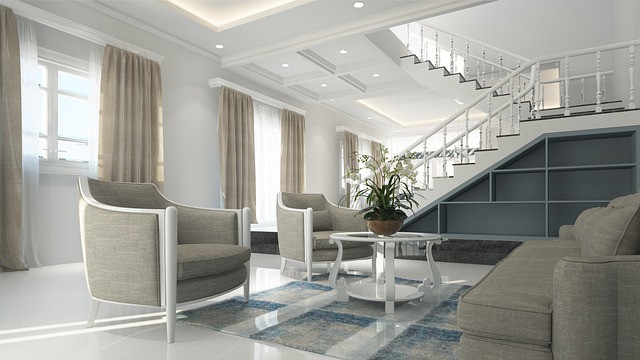
The 25% Rule for a Spacious Living Room
To make your room feel spacious and functional, aim to cover only 25% of the total floor area with furniture and decor, leaving the remaining 75% open.
For example, if your living room measures 12×12 feet (144 square feet), only 36 square feet should be occupied by furniture. The rest should remain clear for free movement and a visually open space.
Applying the 25% Rule
While it’s ideal to stick to this rule, it’s often challenging due to essential furniture pieces like sofas, tables, and decor. Here’s how to approach it:
- Essential Furniture Placement:
- A 5-seater sofa typically takes up around 20 square feet.A side table might add 5 square feet, and additional items like lamps, plants, or a coffee table may take another 10 square feet or more.
Smart Tricks to Save Space:
If you need to use more furniture, try these tips to create the illusion of more space:
- Choose Furniture with Visible Floor Space:
- Opt for furniture with thin legs or an open base, allowing the floor underneath to remain visible. This creates a sense of openness.
- Use a transparent central table (like glass) to avoid blocking the view and making the space feel heavy.
- Use Wall-Mounted Items:
- Replace floor lamps with wall-mounted lamps to free up floor space.
- Install floating shelves instead of bulky floor-standing shelves to keep the room airy.
- Keep the Floor Clear:
- Avoid cluttering the floor with unnecessary items. Keep decorative pieces on tables, shelves, or walls instead.
Conclusion:
By following the 25% rule and using smart furniture choices, you can create a living room that looks spacious and allows free movement. Focus on maximizing visible floor space, choosing lightweight designs, and using wall-mounted elements. With these simple tricks, your living room will feel open, functional, and inviting.
How to Choose the Right TV Size for Your Room
If you’re unsure about the perfect TV size for your space, there’s a simple formula you can use: divide the distance between your TV and seating area (in inches) by 2.2.
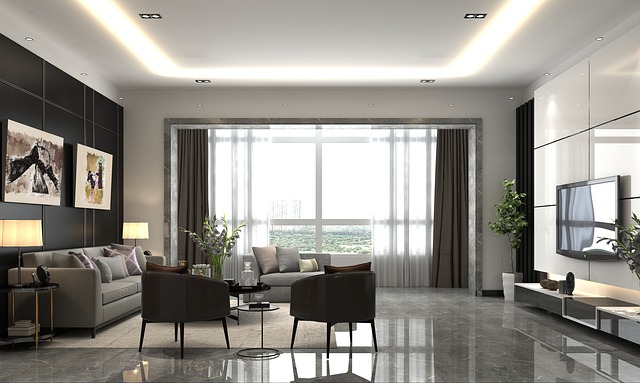
How It Works:
Measure the distance between your TV and seating area in feet, then convert it to inches (1 foot = 12 inches).Divide this number by 2.2 to find the recommended TV size (measured diagonally in inches).
Example:
Let’s say the distance between your TV and sofa is 10 feet:
- Convert 10 feet to inches: 10 x 12 = 120 inches.
- Divide by 2.2: 120 ÷ 2.2 = 54.5 inches.
This means a TV around 54 inches (such as 53, 54, or 55 inches) would be the best fit for your room.
Choosing the Perfect Sofa for a Small Living Room
The sofa is the centerpiece of any living room, but selecting the right one is especially important in smaller spaces. Here are some tips to help you choose a sofa that enhances your living room without making it feel cramped
Related: Best Folding Sofa Bed Couch for your Home in 2025
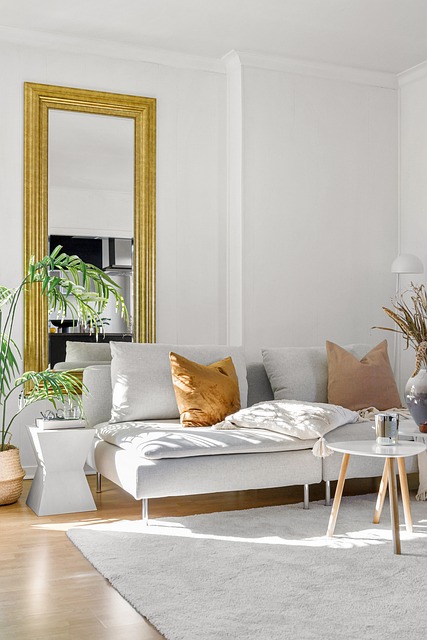
1. Shape and Style
- Many people love L-shaped sofas, but they often look bulky in smaller rooms. Instead, opt for a 3-seater sofa with side chairs. This arrangement feels lighter and more open while maintaining the same seating capacity.
- A well-chosen 3-seater with side chairs adds elegance and keeps the room visually balanced.
2. Match the Sofa Theme to Your Room
- Always choose a sofa in a neutral or light color to make your living room appear bigger. Match its tone with your walls—either the same shade or a slightly different tone.
- Light neutral colors like beige, cream, or pastel shades help create a cohesive and spacious look.
3. Sofa Height
Avoid sofas with high backs, as they can make the furniture look bulky and dominate the room. Instead, choose sofas with low backs, which appear sleeker and more suitable for small spaces.
4. Fabric Selection
The fabric you choose for your sofa can make a big difference in both appearance and practicality. Here are common options:
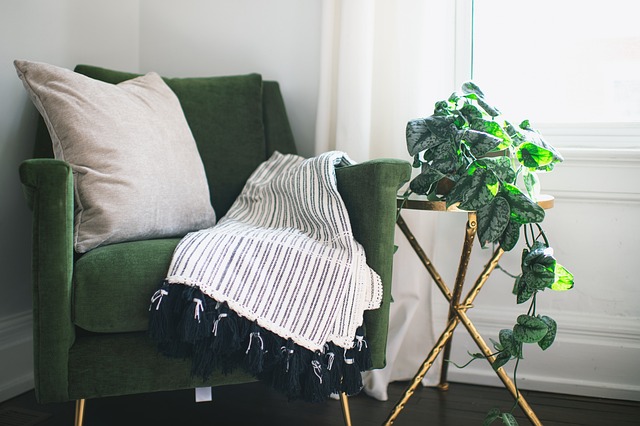
- Velvet: Luxurious but may feel heavy for small spaces.
- Leather: Sleek and easy to clean but might not suit every décor style.
- Cotton: Comfortable but can be harder to maintain.
- Suede: Highly recommended for small living rooms.
Why Suede Is Ideal:
- Unshaded Suede: Go for unshaded suede, which maintains a consistent color regardless of touch or movement. It gives your sofa a clean, uniform look.
- Easy Maintenance: Unshaded suede is easier to clean and maintain, making it perfect for daily use.
- Elegant and Compact: The soft texture of suede adds sophistication without overwhelming the space.
Conclusion
For a small living room, choose a 3-seater sofa with side chairs, light neutral colors, low backs, and unshaded suede fabric. This combination keeps your room looking stylish, spacious, and easy to maintain.
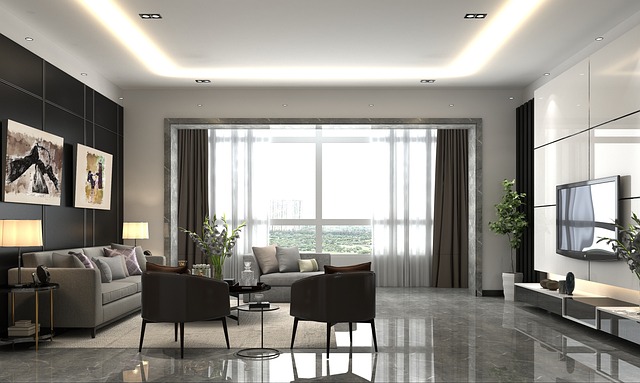
Gray Walls with White Trim
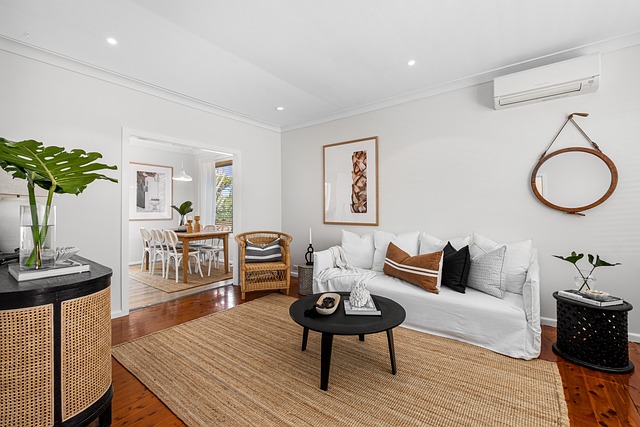
Neutral Furniture with Gray Accents
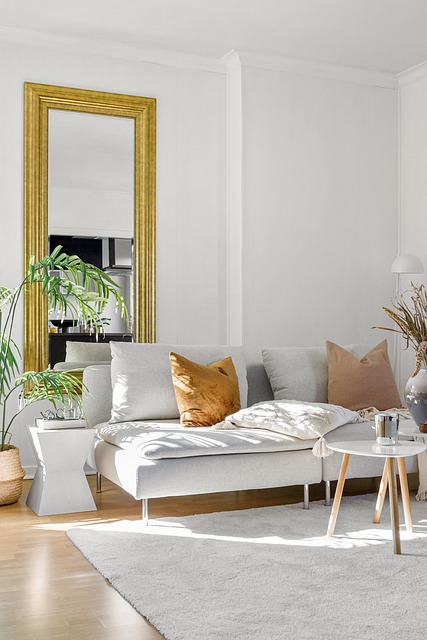
Textured Gray Fabrics

Natural Wood Elements
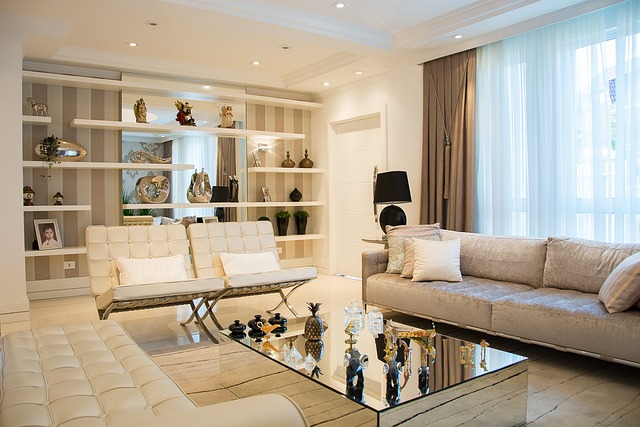
Metallic Accents

Greenery and Plants

Layered Rugs
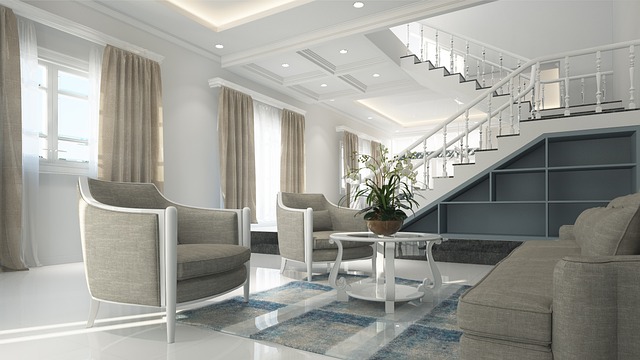
Statement Wall Art
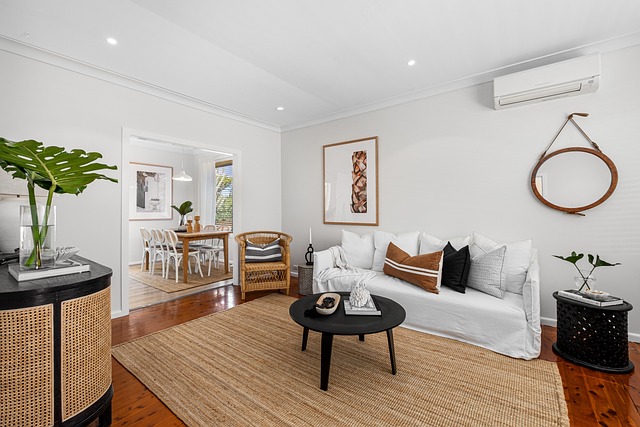
Cozy Throws and Blankets

Mix of Patterns

Statement Lighting
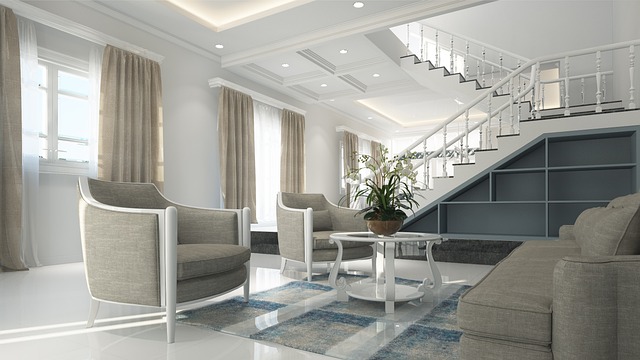
Layered Window Treatments
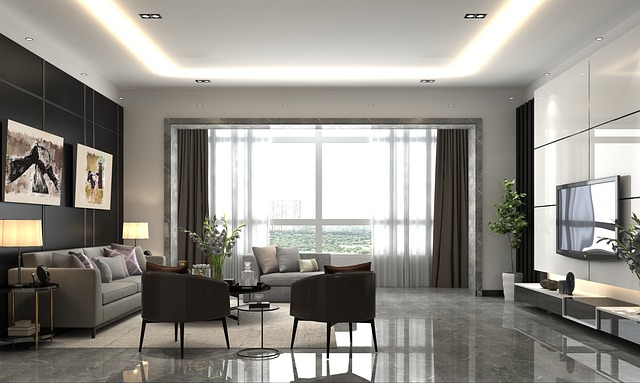
Vintage Finds and Antiques
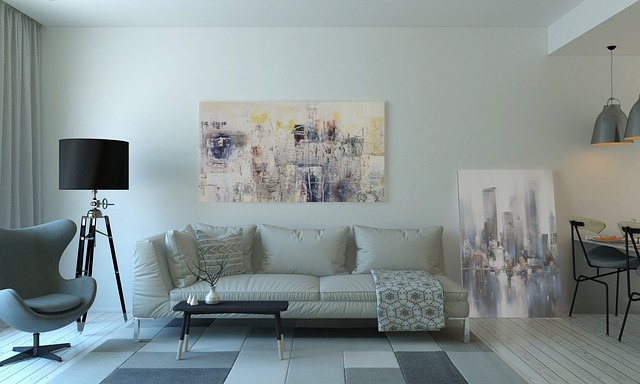
Monochromatic Color Scheme
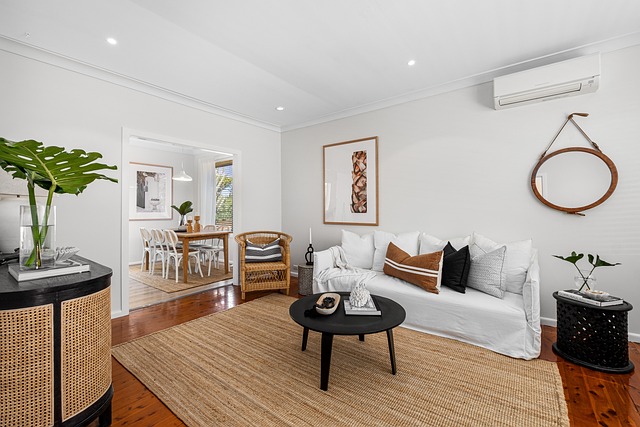
Minimalist Decor
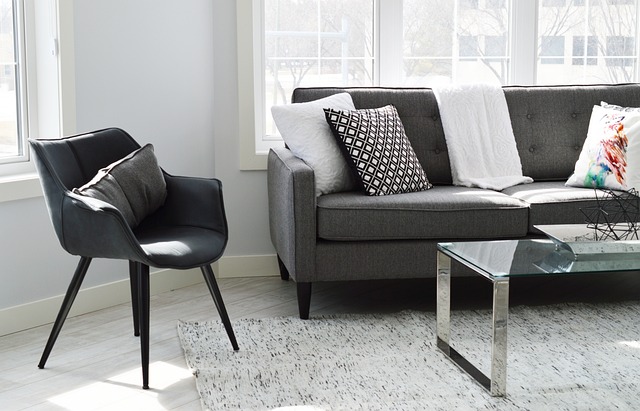
Industrial Accents

Earthy Textures
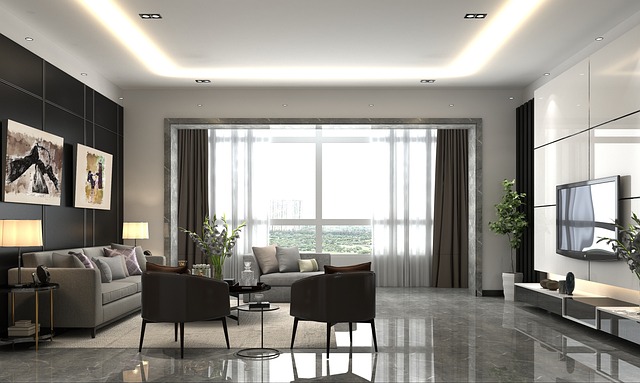
Bohemian Vibes
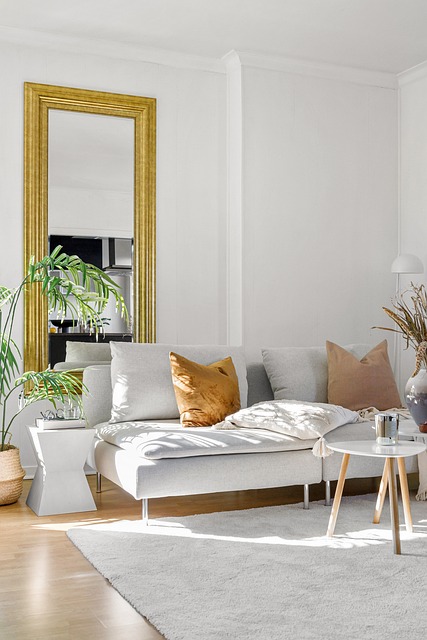
For more information click here small mudroom ideas


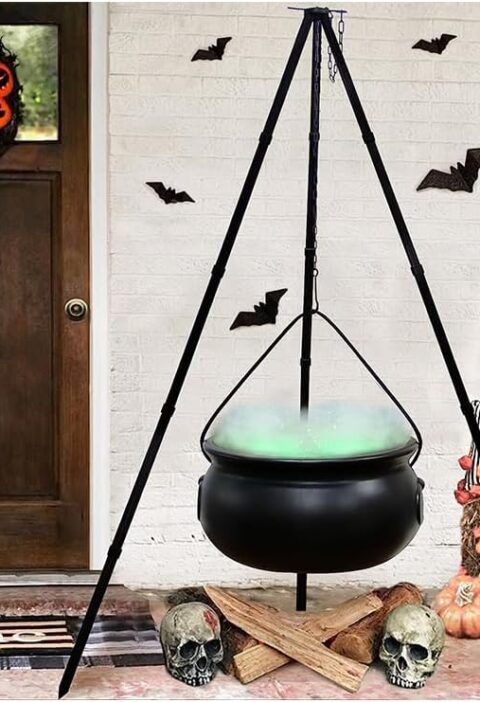
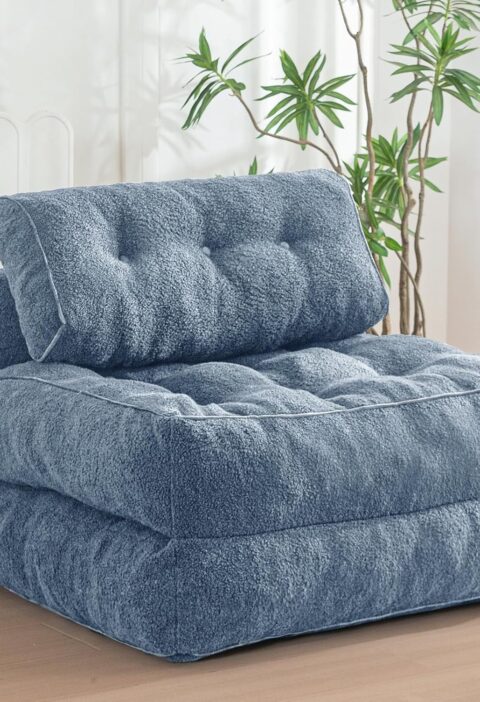
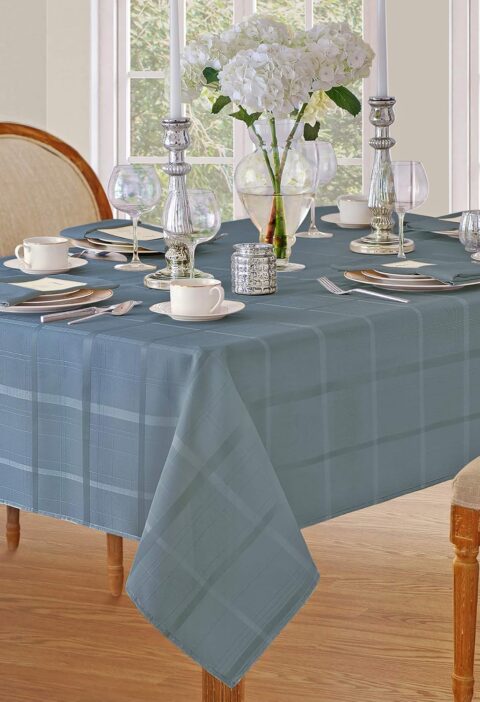

I think other website proprietors should take this website as an model, very clean and magnificent user friendly style and design, as well as the content. You are an expert in this topic!
Thank you for the kind words! Your appreciation truly motivates me. I’m glad you find the style, design, and content engaging and user-friendly. My aim has always been to create a clean, accessible, and valuable experience for readers. If you have any suggestions or specific topics you’d like me to explore, feel free to share—I’d love to hear your thoughts!
[…] Related: Neutral small Living Room Ideas Earthy Gray Living Rooms […]
[…] Related: Neutral small Living Room Ideas Earthy Gray Living Rooms […]
Normally I don’t read post on blogs, but I would like to say that this write-up very forced me to try and do so! Your writing style has been surprised me. Thanks, quite nice post.
thank you so much